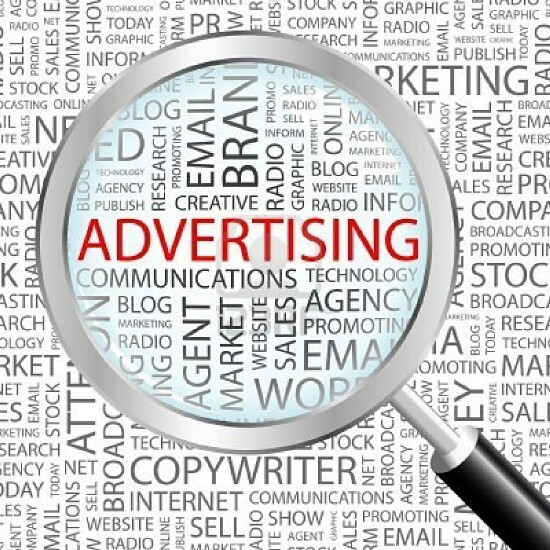The New, Agency New Business Paradigm

New Business is the lifeblood of agencies. It is the barometer by which they are judged. The competitive nature of the pitch process forces agencies to constantly upgrade their services, resources and personnel. There’s nothing more energizing and rewarding for an agency than winning a major client assignment after an exhaustive review. It’s validation and, sometimes, vindication. It’s recognition that the agency, as Thomas Wolfe would say, has the Right Stuff.
But the media agency review process has taken a frustrating turn for participants over the past two years. It was once a process by which marketers would select an agency partner who could help them strategically manage the investment of their media budgets and build their brand businesses. Now, many media pitch outcomes are determined primarily by which agency is willing to guarantee the greatest “media cost savings” for the lowest fee. The review process was once initiated only when the client/agency partnership broke down. Now, media reviews are instituted on a semi-regular basis even when the incumbent agency is outperforming benchmarks. Just within the past several weeks, five of the top 100 advertisers have announced media agency reviews … inexplicably coinciding with the Upfront TV/Video buying season.
Many marketers don’t view this as a problem. If they are able to reduce media costs and lower fees through each review, then why not conduct them annually? Hallelujah! This is certainly the mindset among marketers whose procurement officers influence the review process. Agency search consultants and auditing companies also endorse this notion. Realistically, it’s tough for them to push back on this topic, but to be honest, more reviews are good for their business. Even agencies feed this mindset by consistently promising greater media cost savings in each review, even when they realize the folly of these savings guarantees. So, increasingly, some marketer reviews default to “media cost savings” as the most important factor, because a) they are seemingly easier to quantify than the value extracted from agency tools and resources, b) cost reduction is a high priority for every public company, and c) client procurement officers are evaluated based on cost savings delivery.
There are several problems with this new, new business paradigm. The amount of time, energy and resources dedicated by agencies to these reviews is enormous and growing, as clients are increasing their frequency. Reviews both drive up agency overhead costs (at a time when procurement officers are pushing to reduce them) and “distract” senior agency leaders from their day jobs. By some estimates senior media execs are spending up to 40% of their time annually on new business endeavors. Do agency clients really want their best and brightest media minds distracted by two, three or four simultaneous new business pitches … especially in the midst of the Upfront TV/V buying season?
Furthermore, what is the real value of these “negotiated” cost savings guarantees? Many are achieved through optimization programs that drive client spending to lower cost, lower rated media channels without concern for impact or environment. Some cost savings guarantees are fulfilled by applying inventory generated from agency rebates or arbitraging practices (tsk, tsk!). Still other savings are generated by “massaging” numbers. In the same way your tax consultant can be conservative or aggressive with your deductions, so can an agency in their management of media metrics. Major cost savings can be achieved with a plan of action over a period of time, but rarely are they generated in one year without compromising a brand’s media plan.
The inherent problem with media cost savings guarantees is that they are based on three flawed assumptions. First, they presume that agencies control vendor pricing … which they do not. Second, they presume that marketers are paying inflated rates for their media, even when they are not. Third, sometimes higher CPMs actually provide greater value for a client. The targeting superiority of addressable advertising can largely eliminate audience waste, thus greatly improving ad effectiveness … but, it will also generate a higher CPM.
I think both sides here lose. There’s too much time, energy and agency resource extended on delivering dodgy guaranteed cost savings that don’t necessarily guarantee a lift in client brand performance measures. Unless a client is truly dissatisfied with their agency’s performance, both parties would be better served to sit down and negotiate a cost savings plan to be achieved over a period of time. If client/agency contracts were extended to 4-5 years (performance benchmarks included), agencies might realistically deliver cost savings and improve brand KPI’s. Barring this, let’s drop the pretense of interest in agency resources in reviews where the only real concern is cost savings. These reviews can be managed though a simple online bidding process.
With the incredible, transformative changes impacting the media landscape the attention and energy of agencies and marketers should be concentrated on all the new communication challenges they are facing.
The opinions and points of view expressed in this commentary are exclusively the views of the author and do not necessarily represent the views of Media Village management or associated bloggers.


